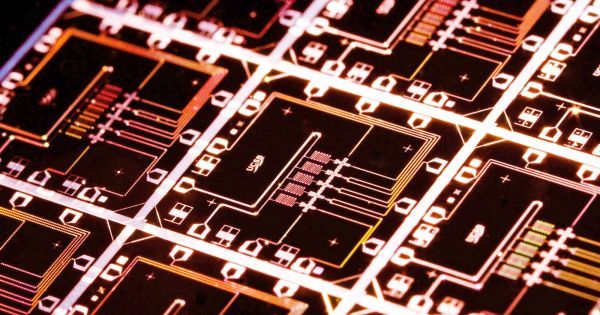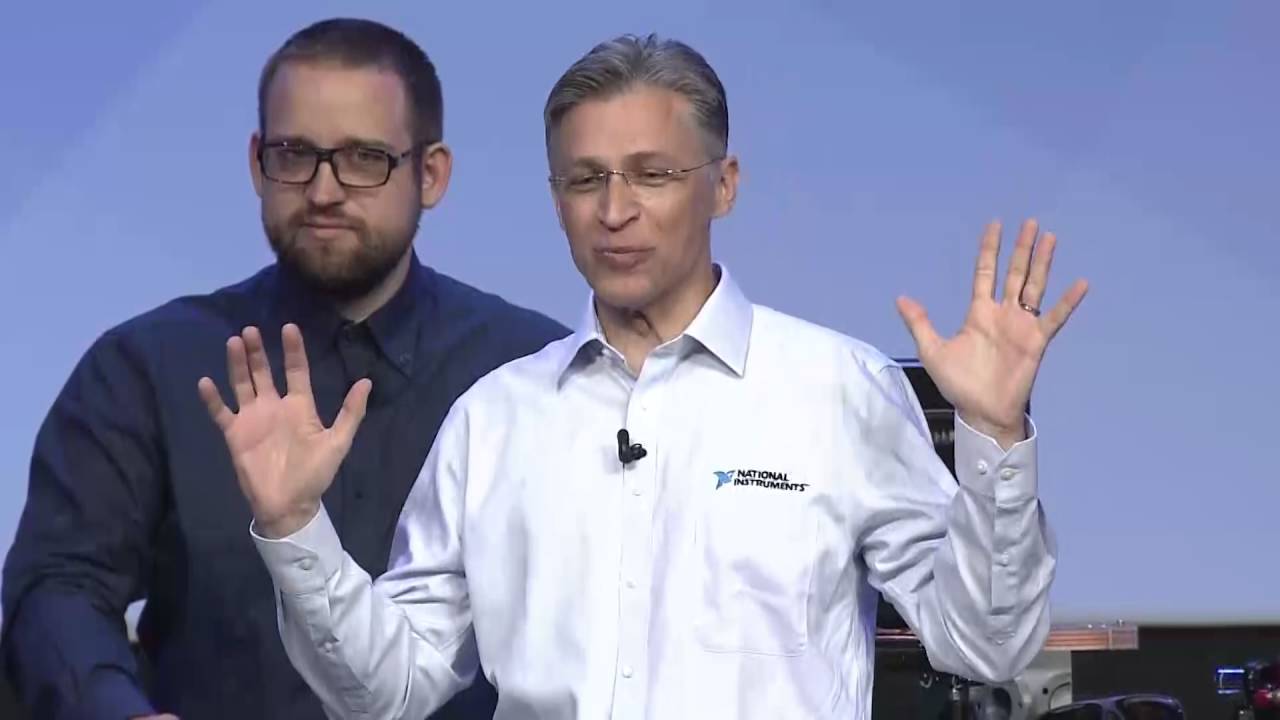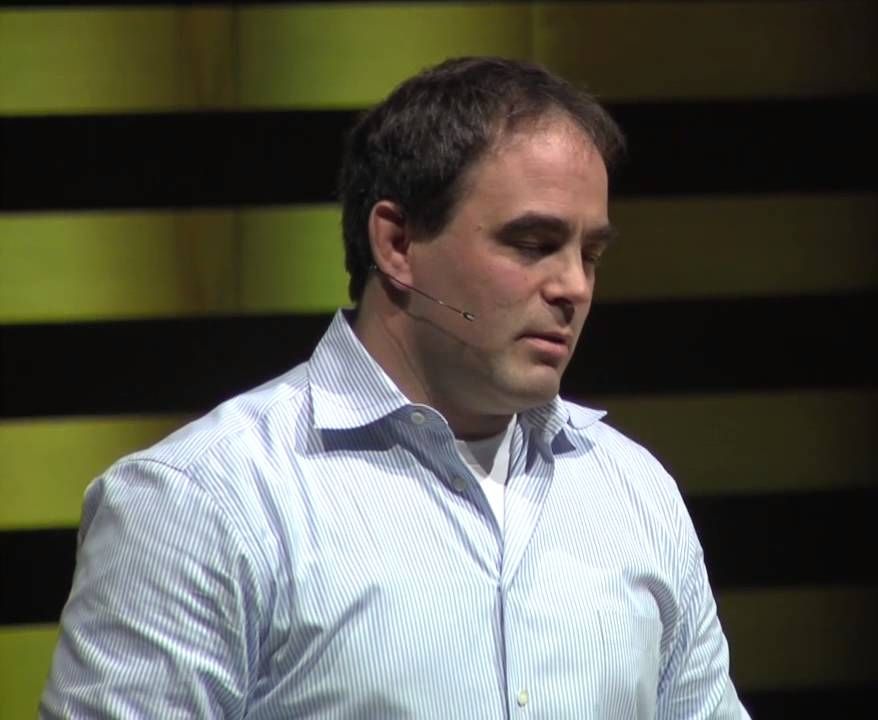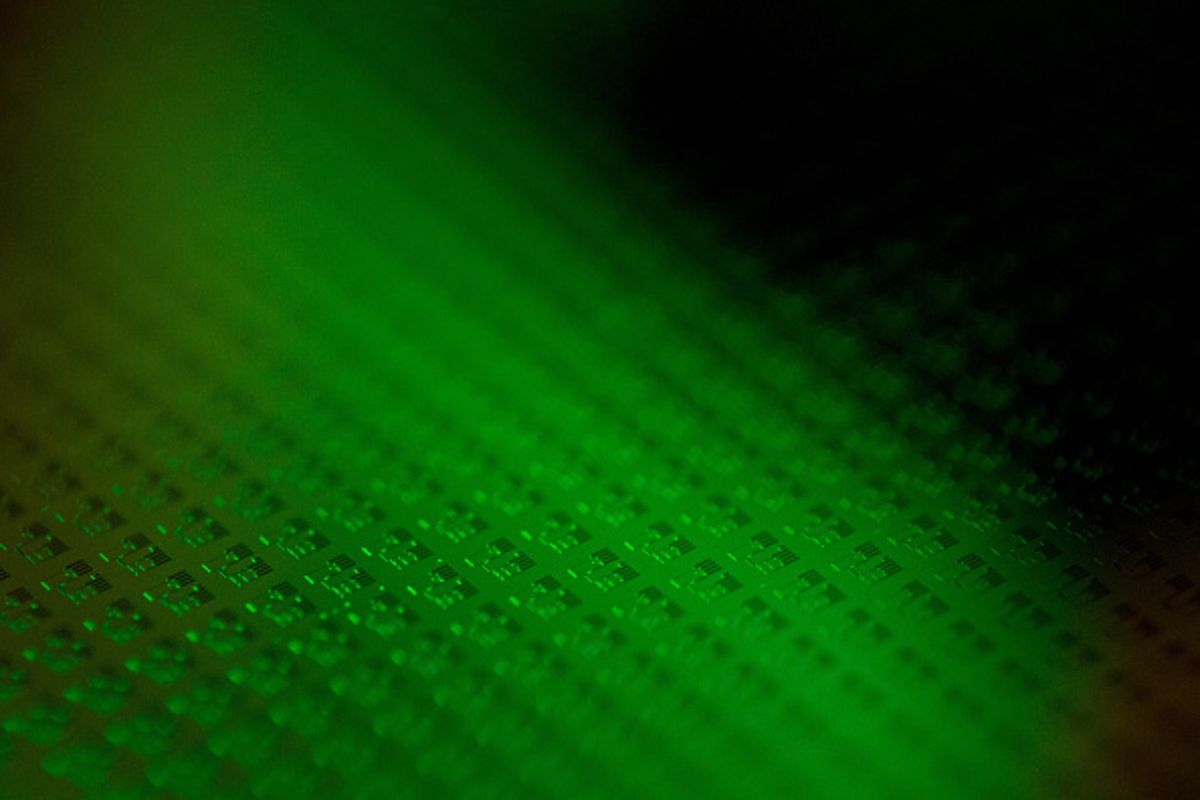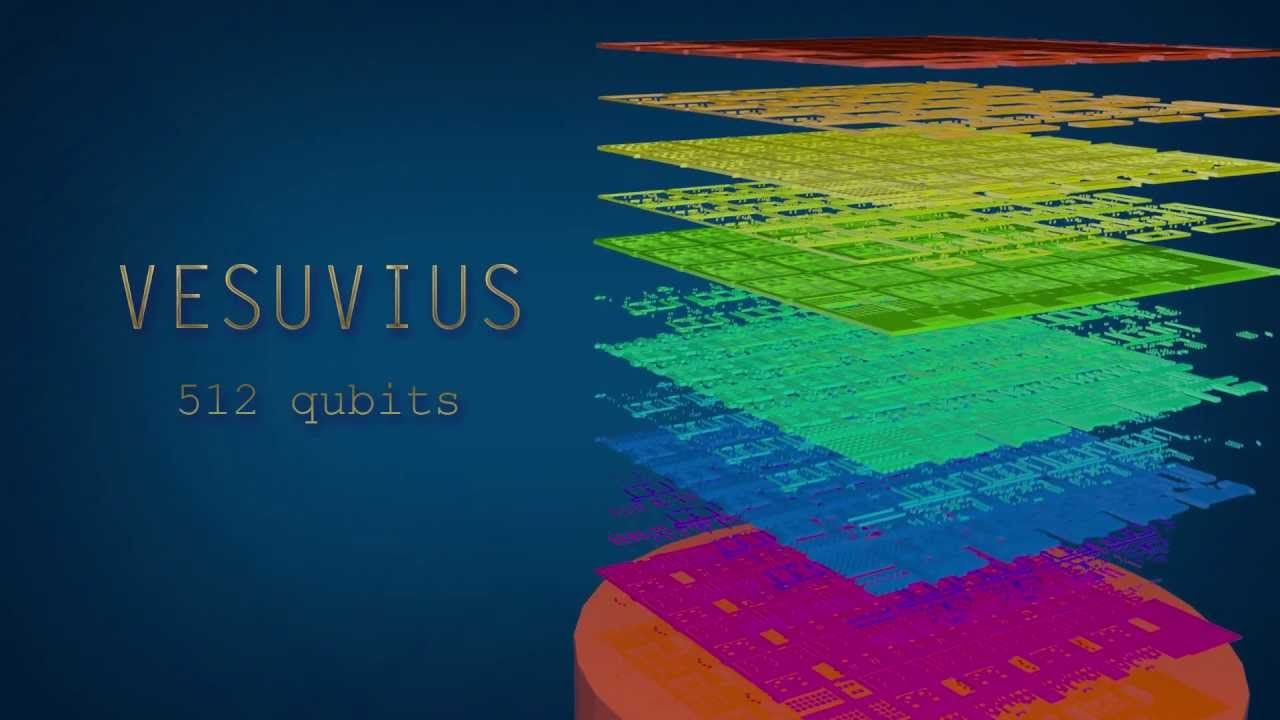Sep 7, 2016
Google’s Quantum Computer May be Superior to Conventional Computers by 2018
Posted by Karen Hurst in categories: computing, quantum physics
Insiders indicate that Google may be nearing its goal of “quantum supremacy,” creating a computer that can outperform classical computers (at least in some tasks) by the end of next year.
If there’s one thing that’s painfully clear, its that classical computing tech is nearing its limit. Many have predicted the end of Moore’s law, and they are looking at the next step in the computing world: quantum computers.
And new reports assert that we may be on the verge of a breakthrough.
Continue reading “Google’s Quantum Computer May be Superior to Conventional Computers by 2018” »
